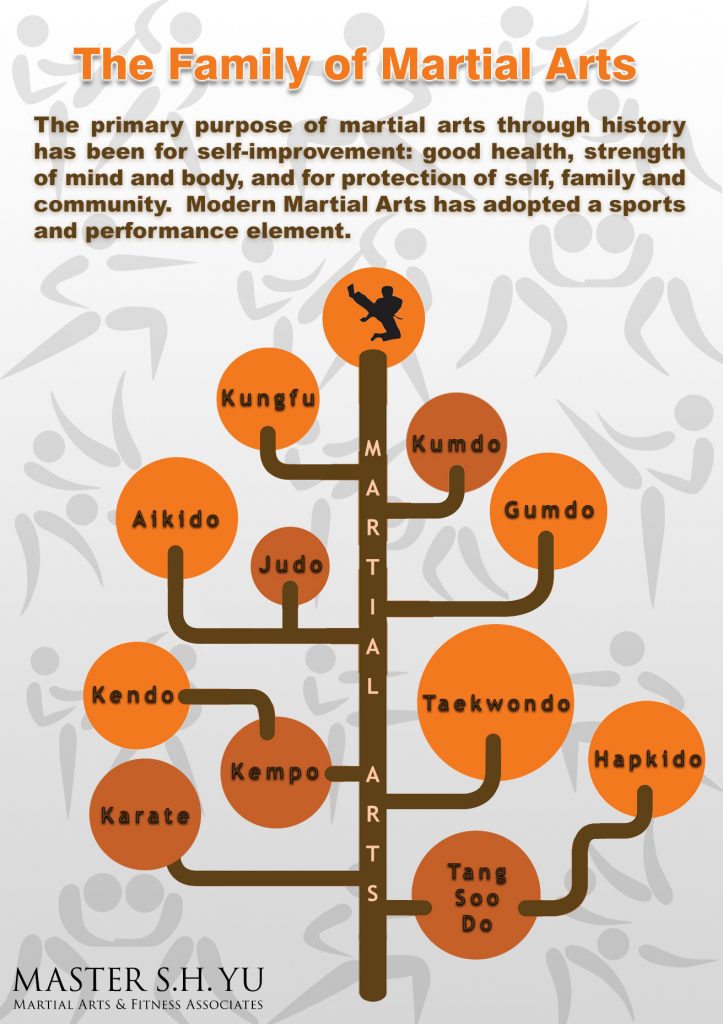Recognizing The Fundamental Differences In Between Traditional Martial Arts And Modern Combat Sports
Recognizing The Fundamental Differences In Between Traditional Martial Arts And Modern Combat Sports
Blog Article
Developed By-Bright Fink
When you think about martial arts, do you lean more towards the standard methods or the modern-day combat sporting activities? Each course offers special advantages and experiences, shaped by their approaches and training approaches. Typical martial arts highlight individual development and discipline, while modern battle sports concentrate on competitors and efficiency. Understanding these differences can lead you in picking the right technique for your journey. However exactly how do these distinctions show up in training and ideology?
The Approach and History Behind Traditional Martial arts
While lots of people associate martial arts with physical battle, the philosophy and background behind conventional martial arts run much deeper. god of martial arts episode 90 eng sub 'll discover that these self-controls highlight individual growth, self-control, and respect.
Stemming from old techniques, typical martial arts were frequently created for Self-Defense and spiritual development. They personify concepts such as equilibrium, consistency, and self-constraint, directing practitioners beyond plain combating abilities.
As what age can kids start martial arts train, you'll not just discover strategies yet also gain insights into the society and values that formed these arts. The routines and customs, usually given with generations, foster a feeling of community and belonging.
The Affordable Nature of Modern Battle Sports
Modern battle sporting activities have transformed the landscape of martial arts right into a highly affordable sector, where athletes challenge in a test of skill, approach, and endurance.
You'll notice that competitions are often organized with strict guidelines and policies, ensuring fair game and security. martial arts without weapons bring in big audiences, sustaining the enjoyment and intensity of matchups.
Professional athletes train carefully, not just for physical prowess however also for mental durability, understanding that every information counts in the ring. The adrenaline rush during competitions is palpable, as competitors press their limitations to claim triumph.
Fans value the athleticism and creativity involved, making modern-day combat sports a thrilling spectacle that remains to advance and mesmerize fanatics around the world.
Training Methods and Techniques: A Relative Analysis
The competitive environment of modern fight sports demands innovative training techniques that differ significantly from standard martial arts.
In modern training, you'll focus on specific strategies, sparring, and conditioning, usually using drills that simulate actual battle situations. You'll see a focus on quantifiable performance and regular competition to analyze your skills.
On the other hand, conventional martial arts focus on forms, katas, and philosophical teachings, typically stressing self-control and respect over competition.
Training is normally much less extreme and may include repetitive technique rather than real-time sparring.
While both techniques develop skill and health and fitness, modern-day combat sporting activities supply a more dynamic and versatile training atmosphere, preparing you for prompt challenges in the ring or cage.
Choose the path that lines up with your goals and passions.
Verdict
In picking in between conventional martial arts and modern-day battle sporting activities, it actually comes down to what you value a lot of. If you're searching for individual growth, discipline, and a sense of neighborhood, typical arts might be your finest fit. But if you flourish on competitors and real-time difficulties, contemporary fight sporting activities could be the means to go. Eventually, both courses supply unique advantages, so it's all about straightening your training with your personal objectives and rate of interests.
